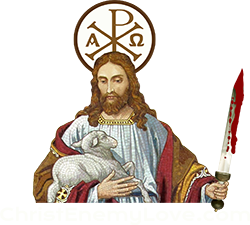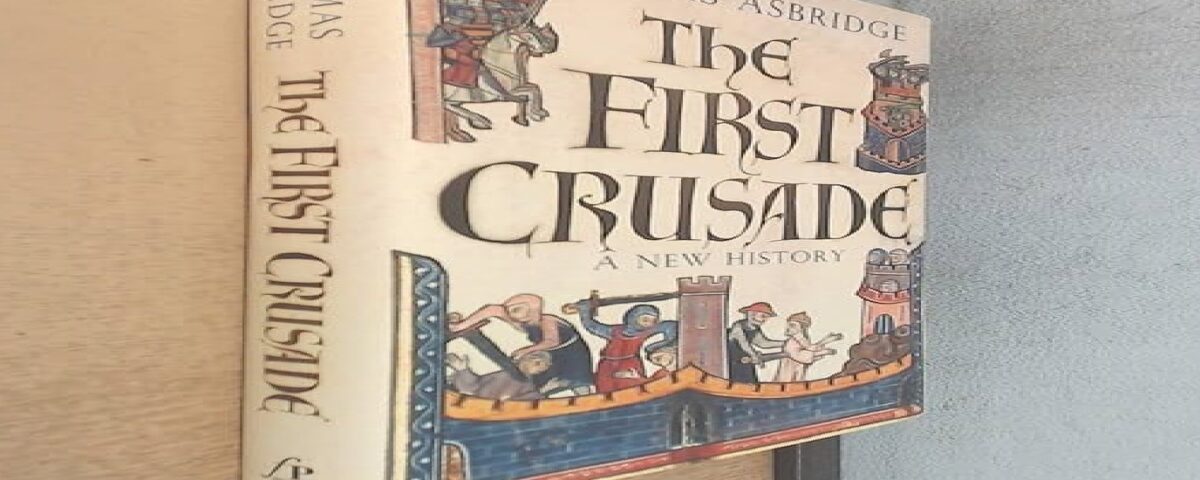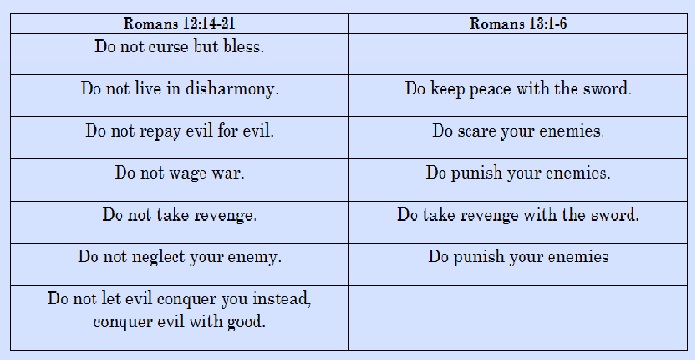Asbridge, The First Crusade, pp 84-88.
As the fire of crusading enthusiasm spread across Europe in 1096, tens of thousands of Latin Christians prepared to leave their homes and take up the long road to Jerusalem. The first crusaders began setting off from France and Germany in late spring, small bands of peasants and a few knights, often inspired by popular preachers like Peter the Hermit, that gradually coalesced into a number of larger, loosely formed contingents. This initial wave of ‘pilgrims’ has come to be known as the People’s Crusade.
Few among them could have truly understood the sheer, daunting scale of the journey on which they had embarked. Driven by a surge of spontaneous enthusiasm, most set out with little forethought or preparation. Jerusalem, their goal, lay thousands of kilometres away, across harsh terrain, much of it held by enemy forces. Lacking the financial resources even to consider taking ship over the Mediterranean, they had but one option — to walk the entire way. It was an extraordinarily foolhardy undertaking that would see many of them dead or destitute before they had even left the West.
There was one obvious route to follow in the initial stages, the ancient pilgrim road to Asia Minor that ran along the River Danube into the recently converted kingdom of Hungary. But while still in their homelands many of these ‘poor’ crusaders became embroiled in one of the blackest, most bloodthirsty episodes in all medieval history. Revealing the full power of the crusading message to inspire horrific violence and incite profound racial hatred, these ‘soldiers of Christ’ turned their weapons against an ‘enemy’ near at hand — the Jews of Europe. This flood of anti-Semitism spread like a contagion from the crusaders to the local Christians of central and eastern Europe. Together they conspired to perpetrate a series of murderous attacks upon the Jews, a people who had for generations lived in peace among them, in what has been called ‘the first holocaust’.
The pogroms began as early as December 1095 with anti-Semitic riots in Rouen, and by early 1096 anxious French Jews were warning their German brethren to be wary of these new crusaders. Just a few months later, between May and July io96, the Rhineland Jews fell victim to sadistic persecution as a tide of anti-Jewish sentiment swept eastwards through Germany and beyond. Beginning in Speyer, incidents soon followed at Trier, Metz, Regensburg and Cologne, among other cities, with perhaps the most infamous and disturbing attacks taking place at Worms and Mainz. Historians long believed that these atrocities were the work of uncontrolled peasant mobs, a vile distortion of the crusading ideal at the hands of the undisciplined, illiterate masses.
The unsettling reality is that, although peasants did make up a large proportion of the People’s expedition, most contingents in this first wave of the crusade were actually led, and quite efficiently controlled, by knights, many of them powerful Latin aristocrats. Indeed, a Jewish eyewitness recorded that his people had been abused by ‘both princes and common folk [who] placed an evil sign upon their garments, a cross, and helmets on their heads’.3 One of the largest groups gathered at Mainz in late May: Germans led by the powerful noble Emicho, count of Leiningen; Swabians under Count Hartmann of Dillingen; and a well-equipped and well-organised army of crusaders from France, England, Flanders and Lotharingia, including the notable lords Drogo of Nesle and William the Carpenter. Certainly, no rabble, this contingent, thousands strong, was a potent military force. Even princes from the main, second wave of the crusade may have been guilty of anti-Semitic tendencies, as Godfrey of Bouillon is reported to have extorted 500 silver pieces from the Jews of Mainz and Cologne in return for promises of protection that he failed to fulfil. The pogroms were not simply random, rogue incidents, nor were they necessarily misrepresentative of the ideals that drove many First Crusaders. But why did an expedition preached as a war of reconquest against Islam result in the murder of Jews? Even Latin contemporaries were unsure, one noting:
I know not whether by a judgement of the Lord, or by some error of mind, they rose in a spirit of cruelty against the Jewish people scattered throughout these cities and slaughtered them without mercy . . . asserting it to be the beginning of their expedition to Jerusalem and their duty against the enemies of the Christian faith.
Two forces seem to have been at work, stimulated by the crusading message that Urban had shaped. Characterising Muslims, the expedition’s projected enemies, as a sub-human species, the pope harnessed society’s inclination to define itself in contrast to an alien `other’. But tapping into this innate well-pool of discrimination and prejudice was akin to opening Pandora’s Box. A potentially uncontrollable torrent of racial and religious intolerance was unleashed. The First Crusade was also styled, perhaps most forcefully by popular preaching, as a war of retribution to avenge the injuries supposedly meted out against Christendom by Islam. This message, itself a ghastly distortion of reality, was ripe for further manipulation. The dreadful power of these twin impulses was underscored by a Jewish near-contemporary. Recreating a discussion of ideology among a group of crusaders, he imagined them proclaiming:
Behold we joumey a long way to seek the idolatrous shrine and take vengeance upon the Muslims. But here are the Jews dwelling among us, whose ancestors killed [Jesus Christ] and crucified him groundlessly. Let us take vengeance upon them. Let us wipe them out as a nation. Israel’s name will be mentioned no more. Or else let them be like us and acknowledge [Christ].
Cloaked in an aura of divine sanction, these Latins gave free rein to long-simmering animosity, subjecting the followers of Judaism to a ruthless programme of violence, extortion and forced conversion.
Wherever they went, the crusaders’ blind hatred, greed and bloodlust infected loca] Christian townspeople, tuming them against their Jewish neighbours. In all this, the German Church maintained a disapproving but largely inefkctual stance. Its bishops knew full well that Rome did not advocate the victimisation of Jews and that canon law explicitly prohibited forced conversion. Some, like the bishop of Speyer, duly worked to protect imperilled Jewish citizens, offering them shelter and support. Yet others looked on unmoved or, worse still, collaborated in the attacks.
Of all the crusaders implicated in this inexcusable episode, none eclipsed the notoriety of Emicho of Leiningen, the self-styled champion of this holocaust. Decades later one Jewish observer recalled how:
Count Emicho, the persecutor of all Jews, may his bones be ground up between iron millstones… became head of the bands and concocted the story that an emissary of [Christ had] given him a sign in the flesh indicating that, when he would reach Byzantium, [Christ would] crown him with a royal diadem.
His crimes and those of his followers were recorded with distressing clarity by both Jewish and Christian contemporaries. Today their words afford us a tangible and disquieting sense of the shock, fear and horror associated with these incidents. Most powerful is the Hebrew chronicle written soon after 1096 by an anonymous Jew based in Mainz, many of the details of which are confirmed by the early-twelfth-century Rhineland Christian historian Albert of Aachen.
Having been largely thwarted at Speyer by the efforts of its bishop, Emicho’s band descended upon the city of Worms on 18 May 1096. According to the Mainz Chronicle, they soon hit upon a devious scheme to incite the local populace to carnage:
They took a ‘trampled corpse’ of theirs, which had been buried thirty days previously, and carried it through the city, saying, ‘Behold what the Jews have done to our comrade. They took a gentile and boiled him in water. They then poured the water into our wells in order to kill us.
By the time violence erupted in the streets, many Jews, forewarned by the events in Speyer, had already sought the protection of the bishop of Worms. They looked on from the sanctuary of his palace, as those of their brethren that had chosen to remain at home were ‘killed like oxen and dragged through the market places and streets like sheep to the slaughter’. Only those who accepted forced conversion to the Christian faith were spared. Their own safety was, however, short lived. Emicho’s mob laid siege, to the bishop’s domicile, and once they broke in the purge continued. Some Latins seem to have been killing their ‘enemy’ on sight, but most sought first to compel them to accept Christianity using the most brutal tactics. The Mainz Chronicle described the suffering of Isaac of Worms:
They put a rope around his neck and dragged him throughout the entire city, through the mud of the streets, up to the place of their idolatry. His soul was still bound up in his body. They said to him: You may still be saved. Do you wish to convert?’ He signalled with his finger – for he was unable to utter a word with his mouth, for he had been strangled – saying: ‘Cut off my head!’ and they severed his neck.
It is at Worms that we first hear reports of entire Jewish families committing suicide in order to avoid the Latins’ swords or the noose of Christianity. By 20 May the Jews of Worms had been all but eradicated.
Then on 25 May Emicho trained his dreadful gaze upon the city of Mainz. Here the Jewish population again tried to take refuge with the local archbishop. Albert of Aachen wrote that he finally agreed to offer them shelter after payment of an ‘incredible amount of money’, but then did little to resist Emicho’s band once it had forced its way into the city:
Breaking the bolts and doors, they killed the Jews, about 700 in number, who in vain resisted the force and attack of so many thousands. They killed the women, also, and with their swords pierced tender children of whatever age and sex … Horrible to say, mothers cut the throats of nursing children with knives and stabbed others, preferring them to perish thus by their own hands.
Less than a month after the first contingents set out, this first wave of the crusade had crushed the Rhineland Jews with merciless efficiency and barbaric glee. Even to this day, dirges honouring the victims of these massacres are recited in synagogues around the globe. Emicho’s band, and numerous other groups of crusaders like them, had given an early indication of what dark horrors this holy war might bring.
For Emicho at least, the crusade was nearly over. In August his powerful army, laden down with booty, reached the borders of Hungary upon the banks of the Danube. Refused entry because of their reputation for rapacious brutality, they laid siege to the border fortress of Wieselberg for three weeks, demonstrating considerable military aptitude, but all to no avail. The king of Hungary eventually routed them in battle and their band fragmented. Emicho fled back to Germany, while some of his key followers, like Drogo of Nesle, Thomas of Marie and William the Carpenter, found their way to Italy, where they later hooked up with the second wave of crusader forces.
Other sections of the People’s Crusade traversed eastern Europe with less difficulty. Walter Sansavoir enjoyed a relatively easy and uneventful passage. Peter the Hermit, at the head of a large band of French and Germans, may have been involved in the anti-Semitic pogrom at Cologne, but managed to reach the Balkans by midsummer. Numerous other bands, of which no detailed records survive, also made the journey. Collectively, however, this first wave of the crusade had gained a well-earned reputation for violence and volatility.




